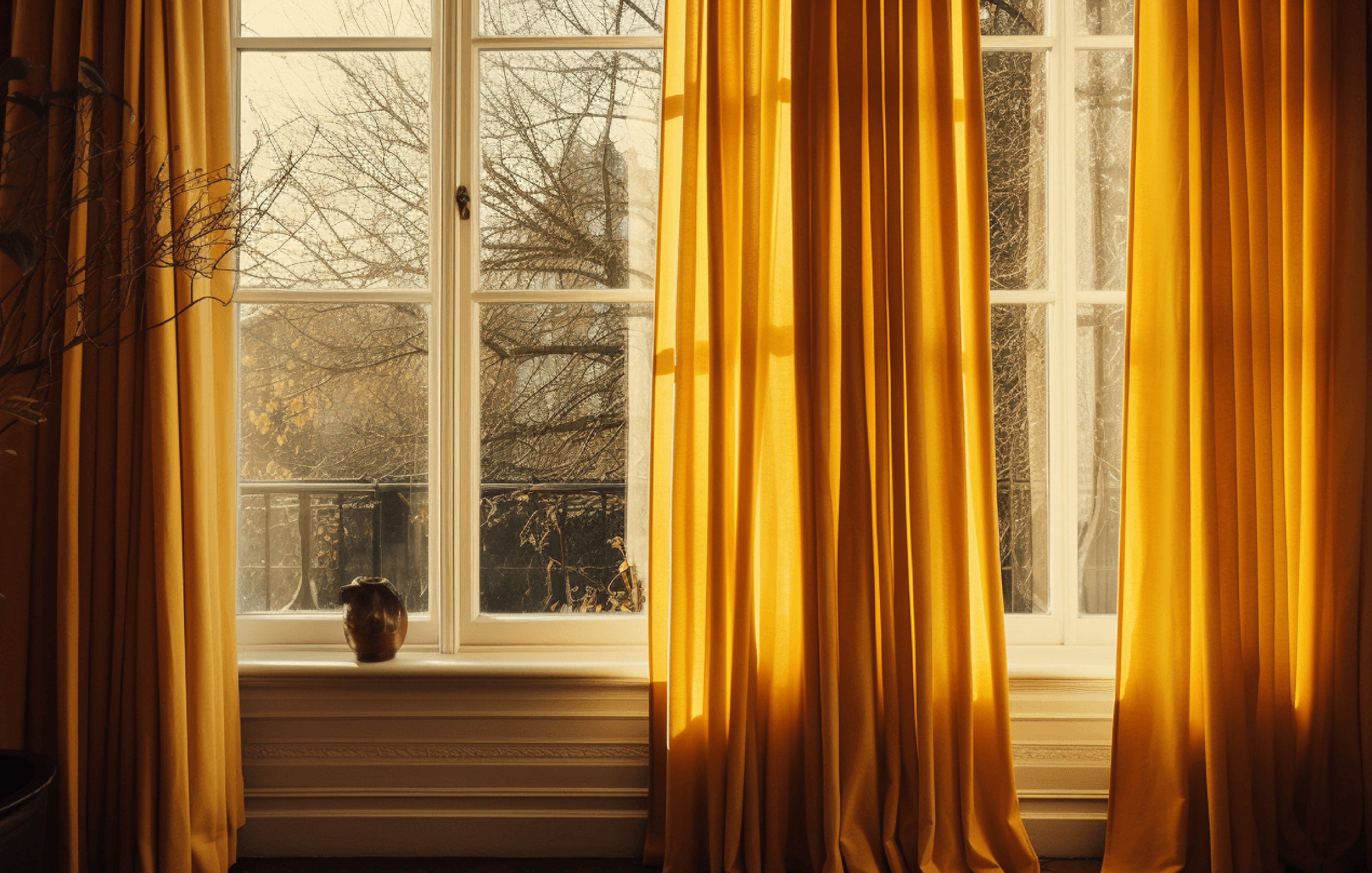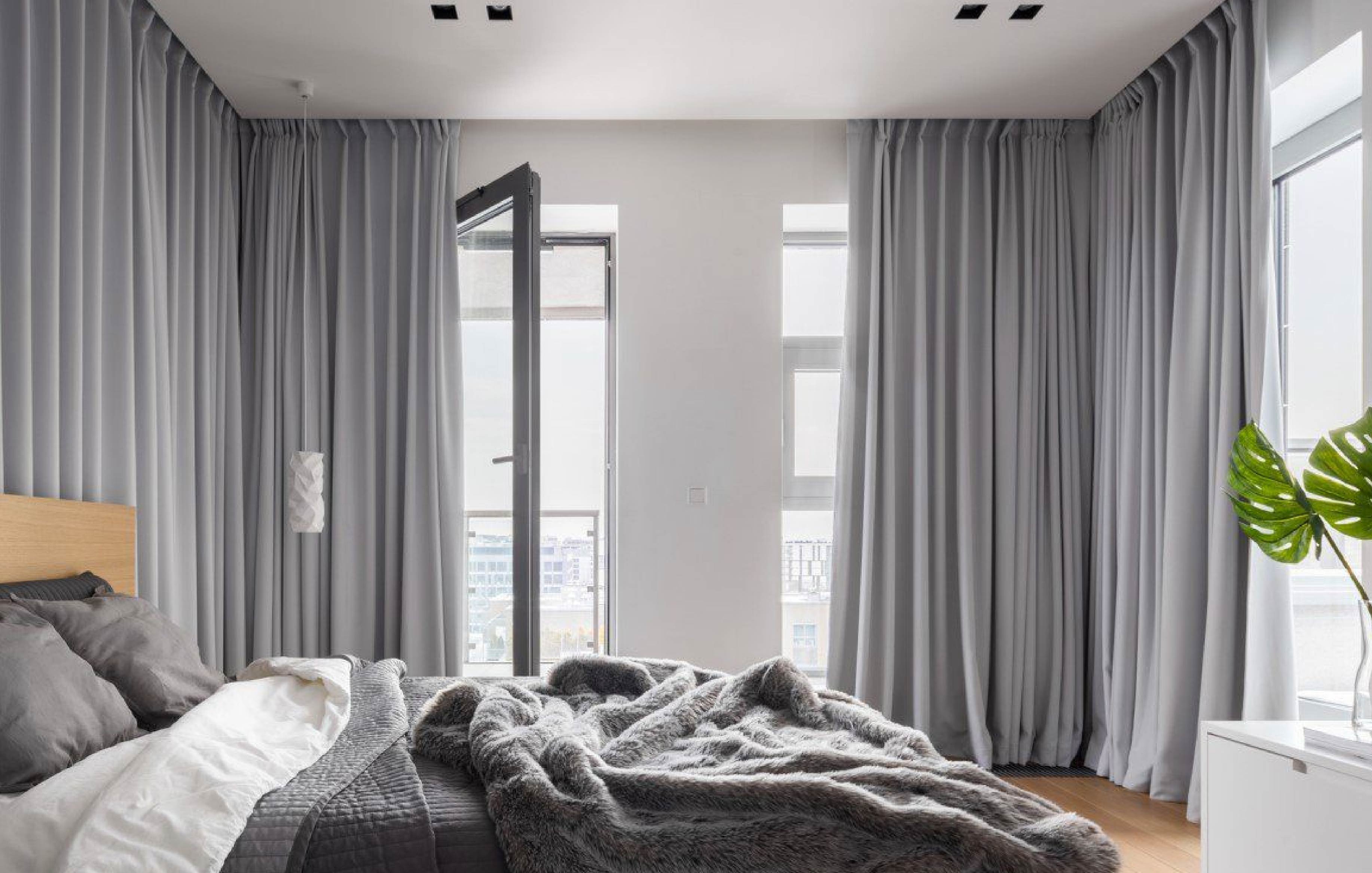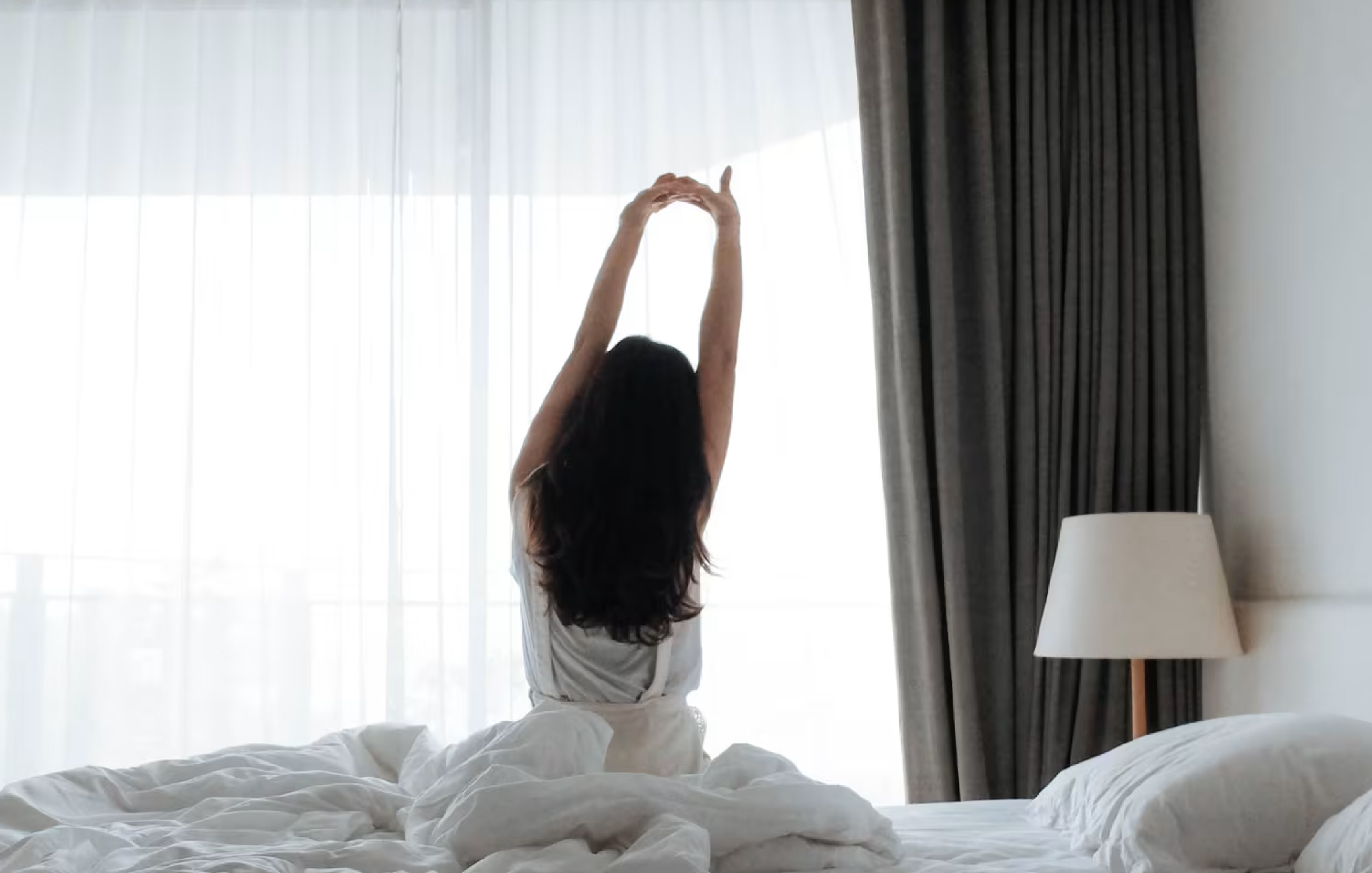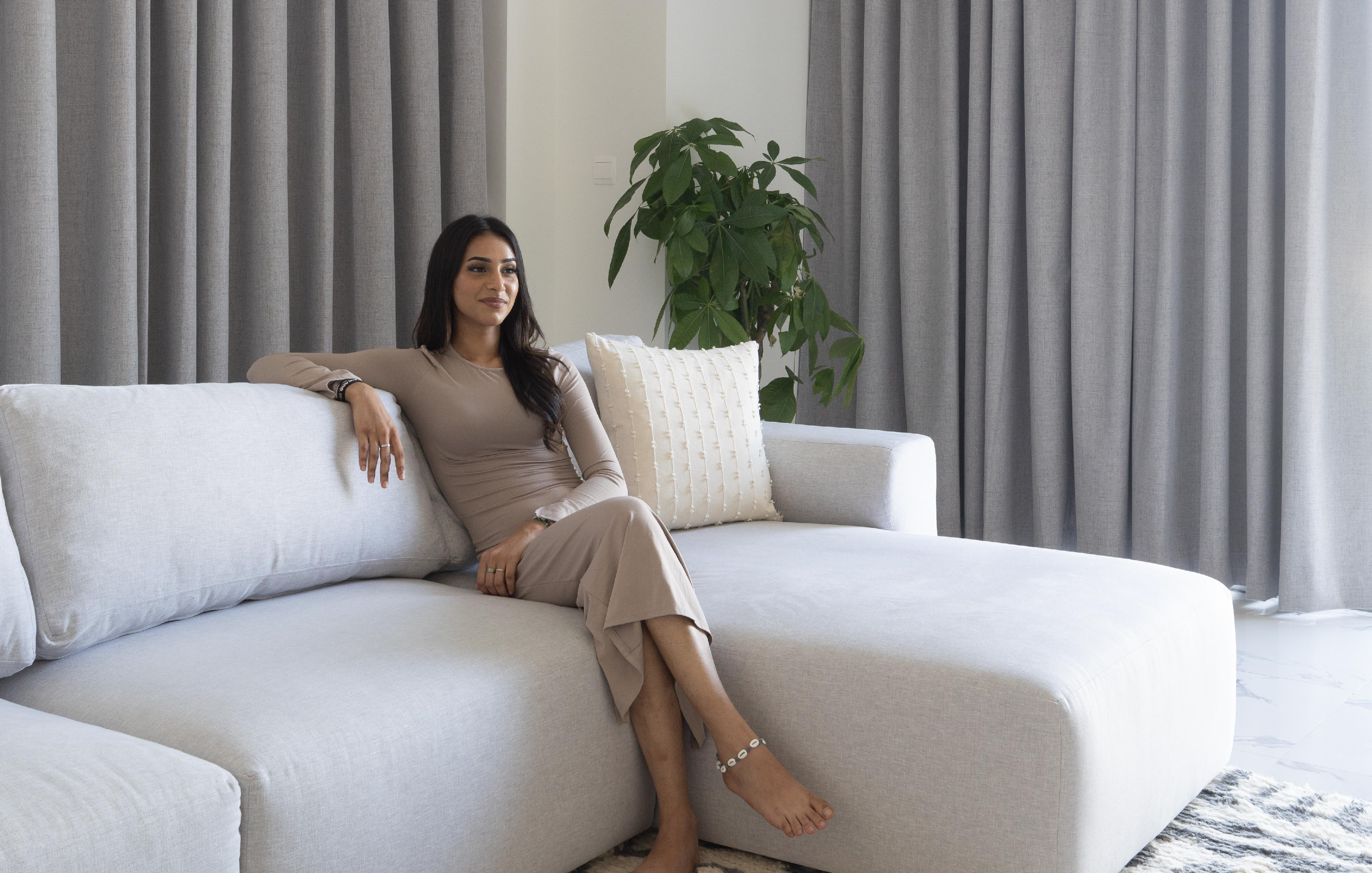In Dubai’s relentless sunshine, keeping interiors cool without letting electricity bills skyrocket feels like a daily battle. That’s why many residents are investigating blackout curtains energy efficiency—can a fabric really tame the heat? The idea is simple: stop sunlight at the glass, give the air‑conditioner a break, and pocket the savings. But how much can a curtain actually save you?
Are Blackout Curtains Energy Efficient?


Blackout curtains energy efficiency isn’t just a buzz‑phrase—this guide separates marketing hype from measurable results. You’ll learn how blackout panels interact with desert climates, how they stack up against rival solutions, and which fabrics truly move the needle. We answer your most asked questions, showcase expert insights, and tailor advice to homeowners, renters, eco‑minded shoppers, and décor enthusiasts. Along the way, we’ll cover installation tricks, payback math, and local Dubai considerations so you can make a data‑driven purchase with confidence. That fast payback is another tangible proof of blackout curtains energy efficiency. Whether you’re in a beachfront villa or a high‑rise studio, the principles stay the same.
Understanding the Energy Efficiency of Blackout Curtains
Are blackout curtains energy efficient?
Yes—quality panels can curb heat transfer by a third.
- Windows account for 25‑30 % of cooling loss.
- Reflective linings block up to 33 % of unwanted heat.
- Payback starts almost immediately with simple rod installation.
Energy expert Chris Wan notes, “Cooling in villas is responsible for between 40 and 70 % of their energy consumption, so an efficient barrier is essential.”
For homeowners and renters in Dubai, blackout curtains slash AC runtime, lowering DEWA bills without structural upgrades.
How Blackout Curtains Help Regulate Indoor Temperature
Do blackout curtains keep the heat out?
Yes—dense fabric, a blackout lining, and an air pocket combine to stop solar gain.
- Absorbs and reflects radiation before it enters.
- Prevents light from converting to heat inside the room.
- Slows conduction through the glass.
Keep panels closed noon‑to‑4 p.m. and rooms feel 2–4 °C cooler. That’s proof daily blackout curtain use saves energy. Curious what that looks like? Book a free visit to see blackout curtains energy efficiency on your own DEWA meter.

Blackout Curtains vs Other Energy‑Saving Window Treatments
Understanding blackout curtains energy efficiency in context helps you choose wisely. Among the many energy saving window treatments available, curtains remain the most renter‑friendly option.
What’s the difference between thermal and blackout curtains?
Thermal versions add an insulating core to the light‑blocking layer.
- Extra foam delivers ≈ 7 % more cooling savings.
- Still achieve 100 % blackout for media rooms.
- Same rods and brackets—no extra install cost.
Because they build on blackout curtains energy efficiency, thermal options maximise ROI for renters who can’t replace windows.

Do Blackout Curtains Make Sense for Dubai Homes?
Are blackout curtains worth it in hot climates?
Absolutely—UAE cooling loads make ROI exceptionally fast.
- Air‑conditioning consumes ≈ 70 % of household electricity in villas and flats.
- Blocking sunlight cuts bills 10–15 %.
- Saving AED 120 per month adds up to ≈ AED 1 440 a year, so most mid‑range sets pay for themselves in roughly 90 days.
- For blackout curtains for hot climates, the hotter the season the faster the pay‑back—Dubai is hot almost year‑round.
A 2024 Masdar City technical paper reports that passive‑shading measures—including blackout curtains—reduced residential cooling demand by 38 % across monitored villas.
Choosing the Most Effective Fabric for Energy Savings — Heat Blocking Curtains Dubai Options
Picking the right materials turns average drapes into high‑performing blackout curtains energy efficiency boosters. Aim for dense face cloth, a reflective lining, and a foam or felt thermal core.
For thermal blackout curtains, GSM above 250 boosts insulation. Linen‑blend outers add style, while white backings bounce sunlight away. Matte linen faces add depth to neutrals without sacrificing performance—another reason decorators love bespoke colours. Your colour choice won’t hurt performance. In our warehouse production facility we test every shade under 40 °C sunlight to guarantee our heat blocking curtains Dubai deliver on cooling.
Recycled PET fabrics appeal to eco‑focused buyers without sacrificing R‑value, while OEKO‑TEX certification keeps indoor air clean.
Additional Tips to Maximize Curtain Efficiency
Can blackout curtains help reduce electric bills?
Answer (snippet‑ready)
Blackout curtains can reduce electricity bill with curtains, lowering cooling costs 10–15 %. Here’s why:
– Immediate insulation stops solar gain at the glass.
– Daily schedule (11 a.m.–sunset) slashes AC runtime.
– Smart‑meter data shows 15–25 kWh savings per week.
Five quick wins for energy saving window treatments success:
- Mount rods 15 cm above and 20 cm wide.
- Seal edges with Velcro or magnets.
- Layer sheers for flexible daylight.
- Reverse schedule in winter to invite solar warmth.
- Keep fabric 3 cm off glass for an air gap.
- Opt for heat blocking curtains Dubai suppliers pre‑testing fabrics for solar reflection.
Overall, these tactics reinforce blackout curtains energy efficiency even in older buildings—delivering big savings with minimal effort.

Conclusion
When measured against cost, installation effort, and long‑term payoff, blackout curtains energy efficiency stands out as the simplest way to tame Dubai’s brutal summer heat. Blocking up to a third of solar gain keeps rooms cooler, slashes AC run‑time, and trims hundreds of dirhams from annual utility bills. Ready to feel the difference? Click here to schedule your free in‑home fabric consultation now. Our specialist will bring the swatches, measure your windows, and show you exactly how much you could save—no obligation, no pressure. Make the smart move today and start living in a quieter, darker, energy‑efficient home tomorrow.